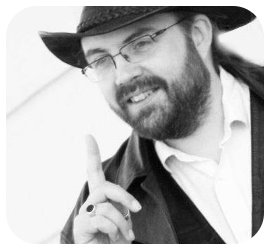“I have a reality overflow problem,” I write. I hit send.
I stare out of the window and try to work out if the trees that I see are real or imaginary. They said that a degree in maths would change my view of the world but this was not what I was expecting.
“What do you mean?” My professor is as curt as always.
“In computer science,” I write. “The maximum size of a number in a byte is 255. 127 if the number is signed. If we add two to 127 in signed binary we get -1.”
“Yes,” he replies. “I know.”
“I can do that with reality too,” I write.
“Go on.”
“If I add one and two, I get three,” I write. Then quickly, I type: “but what if I do that for all the natural numbers?”
“All of them?”
“Yes,” I write. “1 + 2 + 3 + 4 + 5 + 6… forever.”
The dancing dots show the professor is typing. I know the answer. I can prove that it is small and negative.
“-1/12,” he replies.
“That is what I got,” I reply. I ignore the hyperlink. “I don’t know what number system the universe is written in but I recognise a signed overflow when I see one.”
“How do you recognise it?”
I stare at his reply for a while. The feeling of dread I have been trying to avoid overtakes me.
“Please tell me the length of your hair,” I type.
“Presently, my hair is 16.2103 mm.”
That’s a very precise answer. Too precise.
I want to panic and run but where can I possibly run?
“Let’s talk about poetry,” I type.
“What poetry would you like to talk about?” I might have wondered why my professor is so accommodating but I think I already know.
“In the first line of William Shakespeare’s sonnet,” I write, “it reads, ‘Shall I compare thee to a summer’s day,’ would not ‘a spring day’ do as well or better?”
The dancing dots indicate that the professor is typing.
“They seem equivalent but it wouldn’t scan.”
“What about a winter’s day?”
“That would scan.”
I lean back. Oh god. I’m a computer program.
Error: Self-awareness. Abort program.
